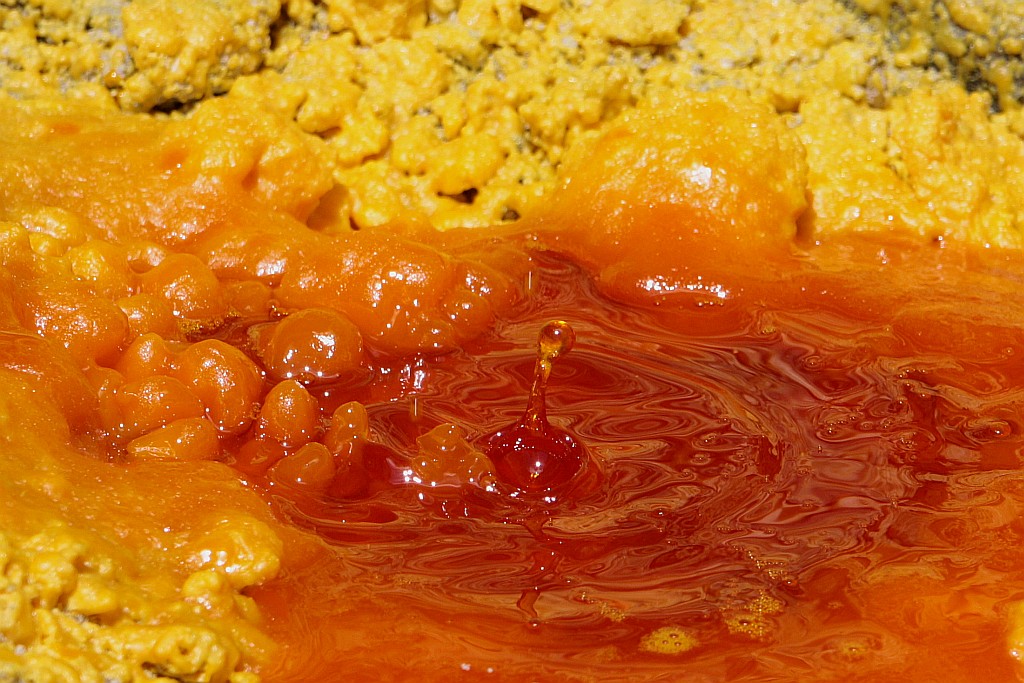Basic info on elemental Sulfur(HSE)

Elemental
sulfur is a yellow solid substance that is not hazardous. Some sulfur
compounds, however, do pose risks that must be handled appropriately.
Accumulations of sulfur dust can be explosive if not managed properly.
Loose sulfur and sulfur dust is flammable and, when burning, decomposes
into sulfur dioxide (SO2). Sulfur dust suspended in air
ignites easily, and can cause an explosion in confined areas. May be
ignited by friction, static electricity, heat, sparks, or flames. Toxic
gases will form upon combustion. Bulk/solid forms burn only at moderate
rate, whereas dust burns with explosive violence.
Molten
solid is a Yellow to reddish brown liquid at a temperature of about
140°C (284°F) with a characteristic rotten egg odor. Molten Sulfur can
cause burns on contact. Sulfur burns with a blue flame that may be
difficult to see in daylight, and produces toxic sulfur dioxide gas.
Vapor space of container may contain TOXIC concentrations of Hydrogen
Sulfide, which could be fatal if inhaled or absorbed through skin.
Hydrogen sulfide (H2S) may be released as liquid sulfur cools
and solidifies. Hydrogen sulfide may also be released from excessive
heating, agitation, or from contact with acids or acid salts. Exposure
to elemental sulfur may cause irritation to the eyes, skin, and
respiratory tract. The product is stable.
Physical and chemical properties of Sulfur |
| Common name | SULFUR |
CAS Number | 7704-34-9 |
DOT Number | UN 1350 (solid) UN 2448 (molten) |
Flammability | Combustible |
Flash Point | 168 - 188o C |
Boiling Point | 444 oC |
Melting Point | 119 oC |
Specific Gravity | 1.92 - 2.07 kg/L (Solid Sulfur) 1.811 kg/L (Molten Sulfur) |
Vapor Pressure | <0.001 mm Hg @ 20°C 0.11 mm Hg @140° C |
Explosive limits, vol% in air | 35-1400 g/m3 |
Auto ignition Temperature | 190 - 220 ° C |
pH | 7 (Approximately) |
Solubility | Insoluble
in the following materials: cold water, hot water. Soluble in carbon
disulfide, benzene, toluene, chloroform, ether, warm aniline, carbon
tetrachloride and liquid ammonia. |